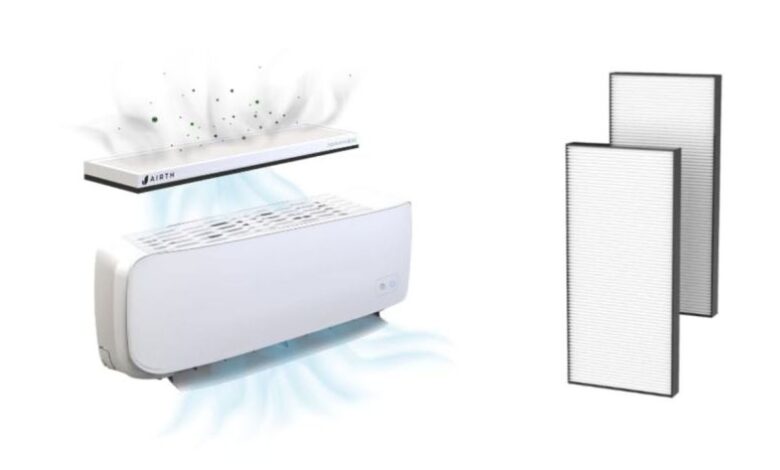

With air quality deteriorating across many cities, particularly during winter, the need for clean, breathable indoor air has never been more urgent. In places like New Delhi, where the Air Quality Index (AQI) often hovers near hazardous levels, an air purifier becomes a lifeline for maintaining health and wellness. But simply owning an air purifier isn’t enough—you need to make sure it’s performing at its best.
Here are five essential tips to help you get the most out of your air purifier and create a sanctuary of clean, healthy air in your home.
1. Check and Replace the Filter Regularly
Your air purifier is only as good as its filter. Most modern air purifiers use HEPA (High-Efficiency Particulate Air) filters, which are designed to trap tiny particles like dust, pollen, and even harmful bacteria and viruses. However, filters can get clogged over time, reducing their effectiveness.
What to Do:
- Check the filter’s condition monthly and replace it when the change indicator signals.
- Most HEPA filters last up to 9,000 hours (roughly a year if used 24/7), but heavily polluted areas may require more frequent replacements.
- If your filter is washable, clean it as per the manufacturer’s instructions.
Why It Matters:
A clean filter ensures maximum purification, allowing your air purifier to operate efficiently and last longer. Think of it as giving your lungs a break—they’ll thank you for it!
2. Position Your Air Purifier Correctly
Where you place your air purifier can significantly affect its performance. Airflow is key to how effectively it cleans your space.
Optimal Placement Tips:
- Avoid Corners or Walls: Keep the purifier at least 2-3 feet away from walls, furniture, or curtains that could block its airflow.
- 360-Degree Intakes: If your purifier has an intake that pulls air from all sides, ensure it’s in an open, unobstructed area.
- Use a Fan for Larger Spaces: A low-speed fan can help circulate the air in larger rooms, ensuring pollutants are evenly captured.
Why It Matters:
Proper placement allows the purifier to pull in polluted air from all directions and release fresh, clean air more effectively.
3. Keep the Inlets and Exhausts Spotless
Even if the filter is clean, dust and dirt can accumulate on the inlet and exhaust ports of your air purifier, blocking airflow and compromising efficiency.
Maintenance Checklist:
- Wipe down the inlet and exhaust ports weekly with a soft, dry cloth to remove dirt and dust.
- Vacuum or clean the external casing periodically to prevent debris from building up.
Why It Matters:
Think of your purifier as a car engine—it needs clear pathways to perform at full throttle. Keeping these areas clean ensures better airflow and consistent performance.
4. Don’t Turn It Off When Air Quality Improves
It’s tempting to turn off your air purifier when the air feels fresher, but this can undo all its hard work. Pollution and allergens are sneaky—they build up again quickly.
Keep It Running Smartly:
- Use Sleep Mode: Most air purifiers have an energy-saving sleep mode that runs at lower speeds and keeps the air clean without making noise.
- Maintain Low-Speed Operation: Even when AQI levels are better, running the purifier at a low speed helps maintain air quality without using much energy.
Why It Matters:
Turning your purifier off completely allows pollutants to creep back in, especially overnight, when you’re most vulnerable to poor air quality.
5. Let It Run Consistently
Air purifiers aren’t meant to be turned on and off like a light switch. They’re more like refrigerators—designed to operate continuously for optimal performance.
Consistency is Key:
- Keep your air purifier running all day, especially during high-pollution periods.
- If you’re worried about energy costs, look for purifiers with low power consumption or auto-adjust features that optimize performance.
Why It Matters:
Stopping and starting your purifier frequently not only consumes more power but also leaves gaps where pollutants can build up, defeating the purpose of having one in the first place.




